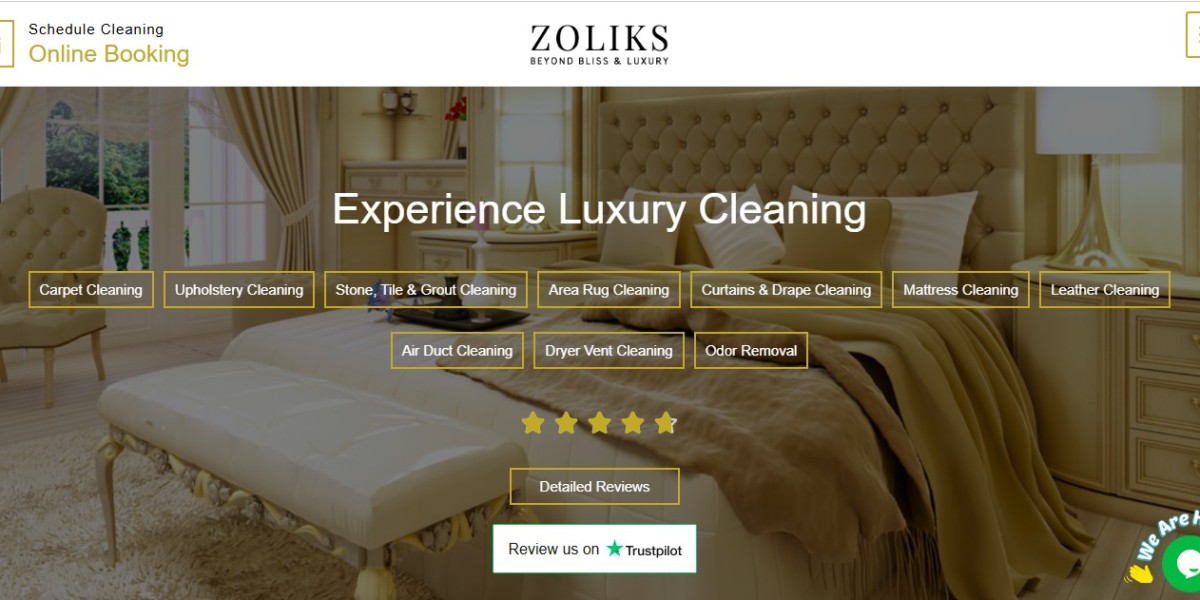Carpets add warmth and comfort to any home, but they also attract dirt, dust, and allergens over time. Without regular cleaning, carpets can become breeding grounds for bacteria and odors, making your living space less healthy. That’s why understanding carpet cleaning is essential not just for appearance but also for the hygiene and longevity of your carpet.
Why Carpet Cleaning Matters
Many homeowners vacuum regularly and believe that’s enough to keep their carpets clean. While vacuuming does help remove surface dirt, it doesn’t go deep enough to extract embedded grime, allergens, and bacteria that settle into the carpet fibers. Over time, this buildup can lead to health issues like allergies and respiratory problems, especially for children and pets who spend a lot of time on the floor.
Regular carpet cleaning not only enhances the look of your home but also extends the life of your carpet. It helps to maintain the texture, color, and quality of the material, which means your carpet stays looking new for longer.
Common Carpet Cleaning Methods
There are several effective ways to clean carpets. Each method has its pros and cons, depending on the type of carpet you have and your cleaning goals.
1. Steam Cleaning (Hot Water Extraction)
Steam cleaning is one of the most popular and effective carpet cleaning methods. It involves injecting hot water and cleaning solution deep into the carpet, then extracting it along with dirt and debris. This method is excellent for removing tough stains and deep-seated dirt.
Steam cleaning requires drying time, usually between 6 to 12 hours. It’s best suited for synthetic carpets and homes with high foot traffic.
2. Dry Cleaning
Dry cleaning uses minimal moisture, making it ideal for delicate carpets or situations where drying time is a concern. A special cleaning powder is sprinkled over the carpet and worked into the fibers with a machine. After some time, it’s vacuumed up, taking dirt and dust with it.
Dry cleaning is quick and convenient but might not clean as deeply as steam cleaning.
3. Shampooing
Carpet shampooing involves applying a foamy chemical solution to the carpet and scrubbing it with a machine. After drying, the residue is vacuumed out. This method is effective for heavily soiled carpets but can leave behind residues if not done properly.
4. Bonnet Cleaning
This method is commonly used in commercial settings. It involves using a rotating pad soaked in a cleaning solution to absorb dirt from the carpet’s surface. Bonnet cleaning offers quick results but is more of a surface clean and may not remove deeply embedded grime.
How Often Should You Clean Your Carpet?
How often you clean your carpet depends on several factors, including household size, presence of pets, and foot traffic. As a general rule:
Vacuum at least once a week
Spot clean spills immediately
Deep clean carpets every 6 to 12 months
Consider professional cleaning once a year or more if you have pets or allergies
DIY Carpet Cleaning Tips
If you prefer to clean your carpet yourself, here are a few practical tips to help you get the best results:
Always test any cleaning product on a small, hidden area of the carpet before full application
Use baking soda to neutralize odors before vacuuming
Blot spills instead of rubbing them to avoid spreading the stain
Use a carpet brush or rake to lift the fibers and help them dry faster after cleaning
When to Call the Professionals
While DIY methods can handle regular maintenance, certain situations call for professional carpet cleaning. If your carpet has stubborn stains, water damage, or hasn’t been cleaned in years, it’s best to hire experts. Professional cleaners have the equipment and expertise to restore your carpet without damaging the fibers.
Final Thoughts
Clean carpets make a noticeable difference in the look and feel of your home. By understanding the different cleaning methods and how to maintain your carpet regularly, you can keep your home fresh, healthy, and comfortable. Whether you opt for DIY techniques or call in the pros, regular zoliks cleaning is an investment in your home’s cleanliness and your family’s well-being.








